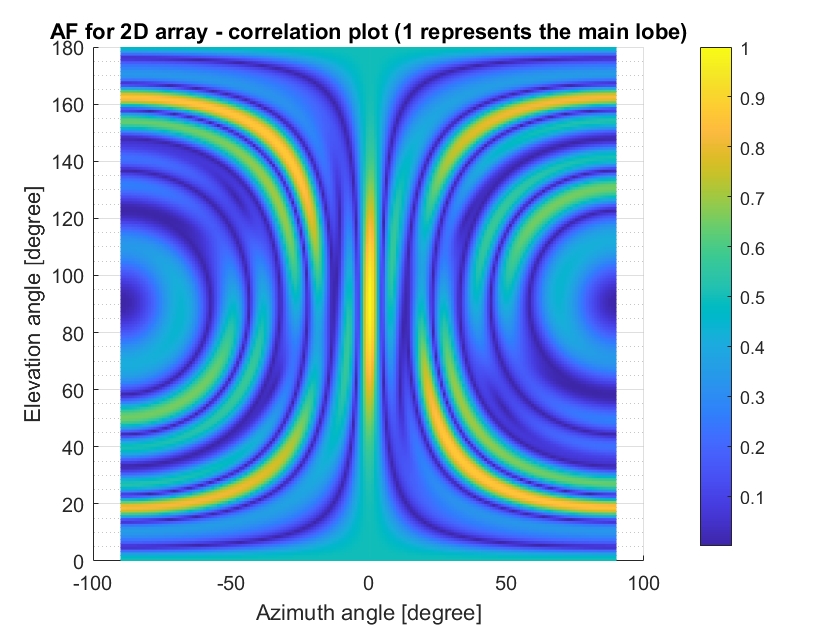MSc thesis project proposal
[TUD-NXP] Codesign of 2D Antenna Array and DOA Estimation (01.12.2022)
Project outside the university
NXPIn automotive radar applications, there is a need for high-resolution joint azimuth and elevation (i.e., two-dimensional (2D)) direction-of-arrival (DOA) estimation of the targets. However, typical automotive radar sensors have a limited number of transmit (Tx) and receive (Rx) antennas. Therefore, high-resolution 2D DOA estimation is challenging to achieve. These challenges promoted the use of MIMO radar techniques to increase the degrees of freedom in DOA estimation and, thereby, angular resolution. Still, designing the 2D MIMO antenna array with a limited number of physical Tx and Rx antennas that allows for high-resolution DOA estimation of both azimuth and elevation with reasonable computational load is challenging. For this reason, co-design of the 2D antenna array and the algorithm for DOA estimation is needed.
Assignment
The previous discussion identified the key challenges when designing a 2D MIMO array and the algorithm for DOA estimation. However, to guarantee the overall performance of the radar in terms of DOA estimation, the array and algorithm should be designed while keeping in mind additional constraints, such as:
- The supported dynamic range of detectable targets with respect to their powers,
- Number of snapshots that are available for DOA processing,
- Physical dimensions of the sensor and area available for antenna placement.
Requirements
This project requires a self-motivated candidate with a strong background in optimization, statistical signal processing, array signal processing, estimation theory, and some familiarity with radio frequency (RF) and radar concepts. The ideal candidate feels challenged by both theoretical and practical problems. The project's first stage is theoretical and involves signal modeling and identification of performance functions that will be used for optimization. The second phase of the project involves the implementation of the optimization solvers for array design and algorithms for 2D DOA estimation, as well as their performance benchmarking. These activities require knowledge of Matlab or Python and GIT versioning. In the last stage of the project, if time and antenna arrays are available, additional real-life experiments will be conducted to evaluate the performance of the array and the algorithms. Through the project, the candidate will have the opportunity to develop industry-relevant signal processing and engineering skills.
Contact
prof.dr. Alexander Yarovoy
Microwave Sensing, Signals and Systems Group
Department of Microelectronics
Last modified: 2023-11-03
